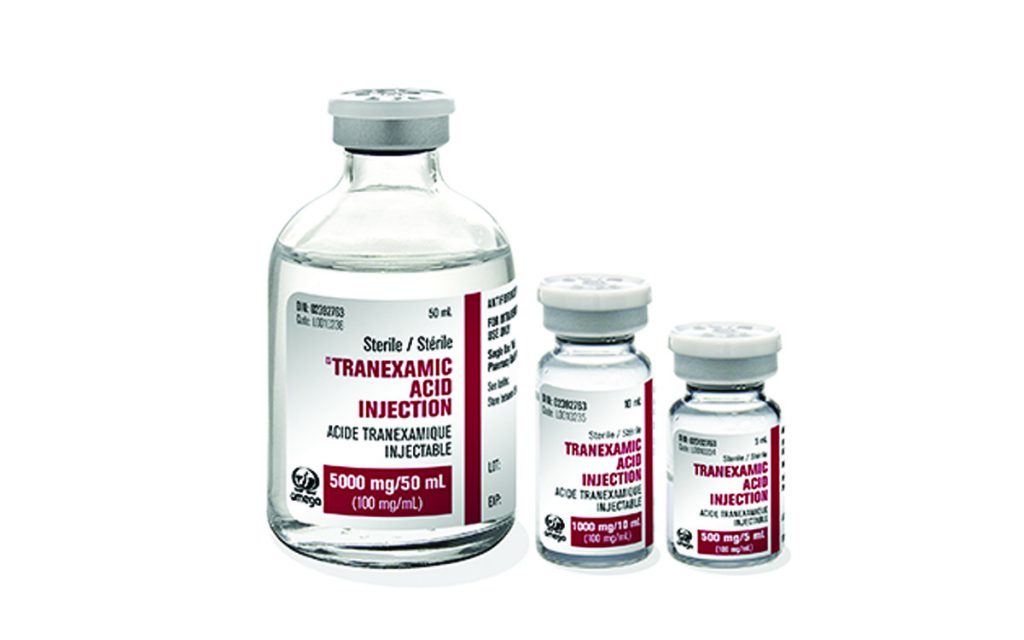In my last post, I reviewed a huge systematic review and meta-analysis of the use of tranexamic acid (TXA) by all medical disciplines using it. There were more than 125,000 cases included and showed the incidence of thrombotic complications in TXA vs non-TXA patients was exactly the same at about 2%.
Our orthopedic surgery colleagues have been using TXA to reduce bleeding in their cases for decades. There is nothing close to the degree of “TXA hesitancy” in orthopedic surgeons than I see in surgical practices across trauma centers. What do the orthopods know that we don’t?
Trauma orthopedic groups in Malta and the UK published a paper just this month in which they performed a systematic review and meta-analysis of the use of TXA in hip fracture surgery. They focused on randomized, controlled trials published after 2010. A standard approach was used in the analysis, which looked specifically at the impact of IV TXA on transfusion requirements in surgery. Only adults were studied, and eligible studies compared TXA with a placebo, or TXA with no TXA.
Here are the factoids:
- Out of 85 studies initially identified, only 13 met all criteria
- Across these trials, a total of 1194 patients were enrolled
- The need for blood transfusion was reduced by more than 50% when the transfusion threshold was Hgb 8g/dl, which was highly statistically significant
- When a higher transfusion threshold was used (between 8-10 g/dl Hbg) the risk reduction was only 23% which was not significant
- The incidence of thrombotic events was identical for TXA and no-TXA groups
Bottom line: This paper presents more high-quality evidence that the use of TXA in surgically induced injury (hip fracture repair) significantly reduces the need for transfusion in the group with the most blood loss.
However, as with any meta-analysis the results are only as good as the quality of the individual papers. There were differences in how the TXA was given. It was also not possible to separate out results from the various types of hip surgery performed. And obviously, these are not major, multi-trauma patients.
Most TXA hesitant surgeons are either concerned with the efficacy of TXA, or the potential risks. This paper shows that, overall, TXA is effect in these patients despite the mix of doses and timing of delivery. And it clearly shows that the risk for thrombotic complications was identical to that of not giving it.
We have a cheap, effective tool to reduce the need for blood transfusion (read “blood loss”) in trauma patients that has a totally neutral risk profile for thrombosis. We all need to ask ourselves, “why are we not using it?”
Reference: The Use of Tranexamic Acid in Hip Fracture Surgery — A
Systematic Review and Meta-analysis . J Orthop Trauma, 36(2):e442-3448, 2022.


